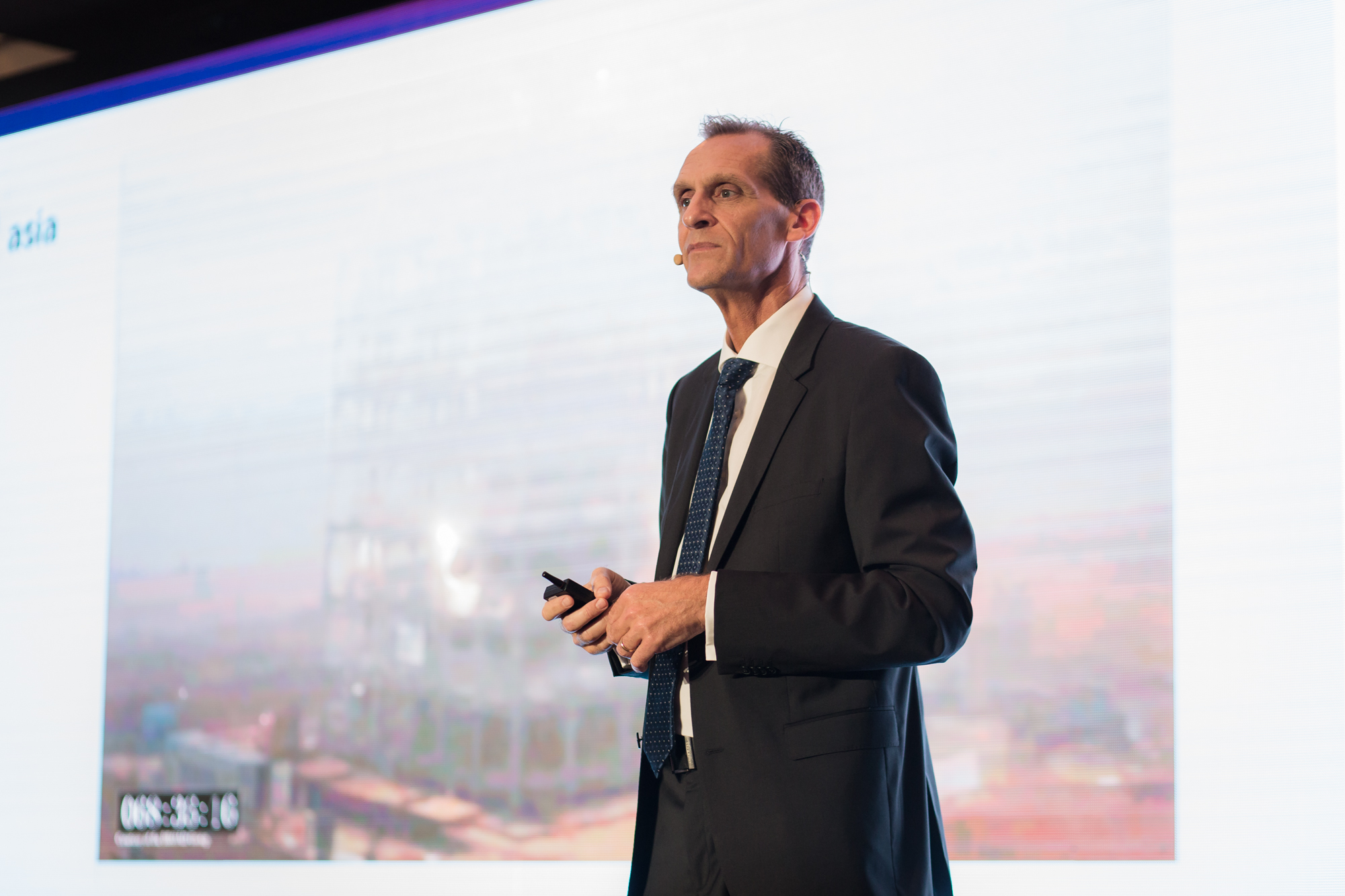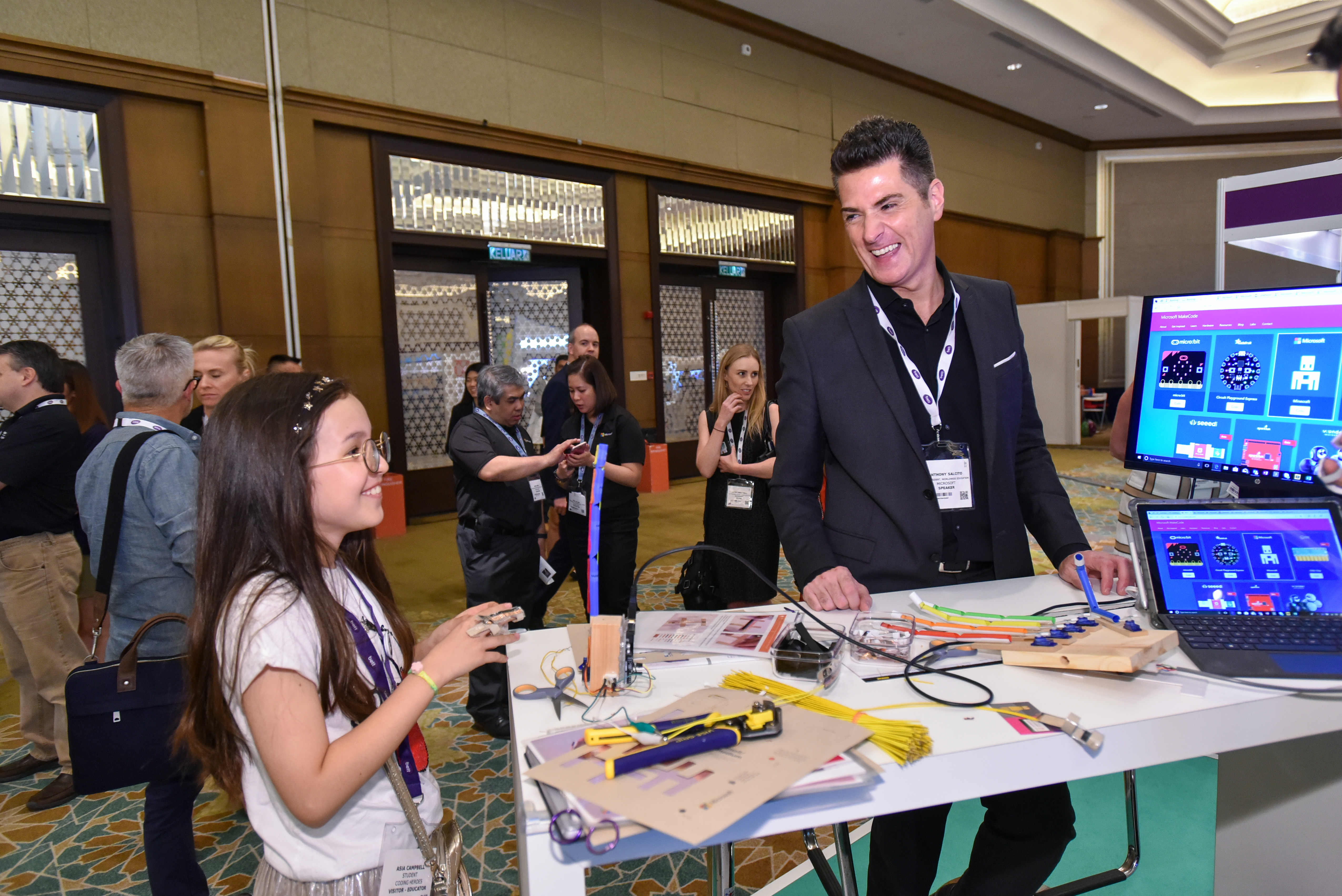
Future-ready skills: Driving education transformation
If you are a parent, you might well feel uneasy about your children’s working future. As we move into a new digital age, many jobs that exist now might not be around in the coming years when they graduate. But then again, a whole host of new occupations are likely to be created. They will be so new that many have yet to be thought of.
According to futurist Thomas Frey, as many as 2 billion jobs worldwide could disappear by 2030 – many of them today’s low-level, low-skilled occupations. Meanwhile, the World Economic Forum forecasts that around 65% of children starting their education today will ultimately end up working in new job types that do not currently exist.
The good news is that a recent Microsoft survey found that 87% of educational leaders in Asia acknowledge that their institutions need to embrace the digital world. The bad news is that only 23% have a full digital strategy in place right now.
So, where does that leave our schools? How can today’s students acquire the “future-ready skills” needed for tomorrow’s potentially exciting, but uncertain, labor market? And, how will they be equipped to move through multiple roles and constant learning across their working lives?
“That is the challenge we have,” says Don Carlson, who leads Microsoft’s Education Asia Pacific regional team. “There has to be an education transformation.”
Traditionally, teachers have been in the knowledge dissemination business – imparting the required facts, figures, and formulas to get students through examinations, and eventually, into jobs. But things are changing and will keep doing so.
“There’s a recognition now in education that certain core competencies will be critical – communication, critical thinking, computational and design thinking,” says Carlson. “It’s about enabling thought processes for flexibility in the future. How do you go about problem-solving? What is the first thing you do? What is the second thing you do? How do you actually communicate? How do you collaborate? How do you work within that context? So, no matter what problem you are given, you have a competency to be able to reflect on it.”
He says education transformation must reflect the changing nature of work. “If we say that manufacturing jobs are going and new jobs are being created, how do we transform education systems to allow that?”

The big issue of future-ready skills was a prime topic at the Bett Asia 2017 conference which brought more than 2,000 educational policymakers, leaders and teachers to Kuala Lumpur recently. Taking time out from proceedings, Carlson suggested that as technology drives change, it is also helping us benefit from it.
 One of the great successes, he says, is the widespread adoption by schools of Minecraft Education Edition, which has just passed a milestone of 2 million licensed users around the world.
One of the great successes, he says, is the widespread adoption by schools of Minecraft Education Edition, which has just passed a milestone of 2 million licensed users around the world.
He sees Minecraft as a gateway to a range of skills, such as learning how to collaborate and how to think critically. It’s also a way of popularizing STEM subjects – science, technology, engineering, and mathematics.
“We have to make STEM fun early for children. If you ask a child if he or she wants to be an engineer, they will probably say that’s for boring old people. What if instead, we asked them if they want to solve some of the world’s biggest problems, like climate change? Well, that’s the sort of thing that engineers do. They solve problems. And that’s what Minecraft is. It’s a fun way of solving problems.”
Meanwhile, Carlson regards the use of data as the big gamechanger. For instance, students all have different styles of learning and different needs and these should be reflected in their own educational journeys through the long sought-after goal of personalized learning.
“We have been talking about this for years,” says Carlson. “Now technology through data can enable that. We can look at the data analytics of individual students, the reductive analytics and where that is going today. Big data is now 100 percent relevant in the education space now.”
According to the Microsoft survey, 76% of educational leaders agree that new data insights would lead to new curriculums and learning outcomes. Carlson says there is “a need to rethink how leaders can better capitalize the value of latent data and embrace a different way of bringing together people, data, and processes for their digital transformation success.”

Anthony Salcito, Vice President of Worldwide Education at Microsoft, also sees a major role for data and the power of the cloud – with machine learning and artificial intelligence – in changing education systems so they deliver better outcomes for students through insights and analysis.
“It starts with thinking differently about the fundamentals of what we are trying to do,” he told the BETT Asia conference. “What we are not trying to do is get technology into replicate an old world of learning, but to think about the world that we are living in now; the dynamics of students and their needs; the dynamics of the workplace; and how we bring this to bear to create amazing schools.”
READ: 87% of education leaders believe they need to be a digital institution to succeed













